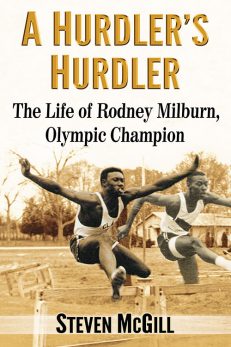
This is a comprehensive journey through the long career of auteur Hollywood filmmaker Walter Hill, director of The Driver, The Warriors, Southern Comfort, 48 Hrs., Streets of Fire and many more. The book covers every motion picture that Hill directed, with historical detail and critical commentary on each, and discusses Hill’s overall cultural relevance and industrial impact. It includes candid conversations with Hill; producer Larry Gordon; actors Nicholas Guest, William Sadler and Michael Paré; cinematographers Lloyd Ahern and Matthew Leonetti; composers Van Dyke Parks and David Mansfield; screenwriter Larry Gross, and others who worked with Hill throughout his prolific career.
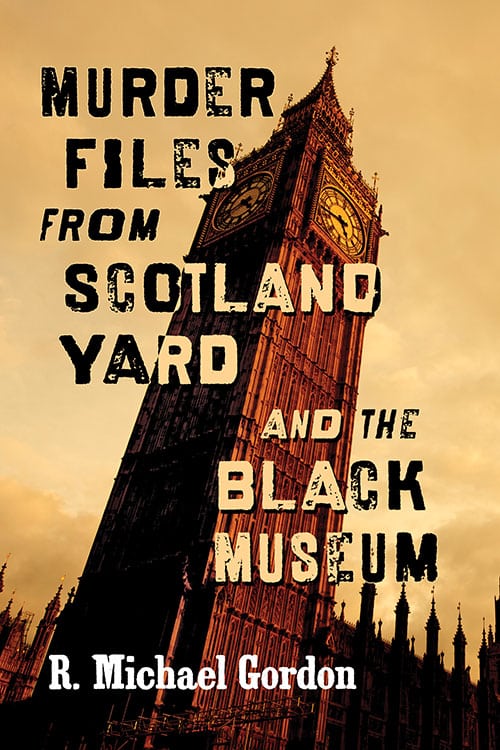
From the files of Scotland Yard’s “Black Museum” (open only to police officers) come true crime stories of some of the most infamous murder cases of the 19th and 20th centuries—the Lambeth Poisoner, “baby farmer” Amelia Elizabeth Dyer, the Gentleman Vampire of Bournemouth, the Brides in the Bath Murders, the Rillington Place murders and many others. Along the way, investigators pass a number of crime-solving milestones, included the first use of fingerprint technology, the early use of photography and the first time “The Yard” enlisted the press to help hunt down a killer.
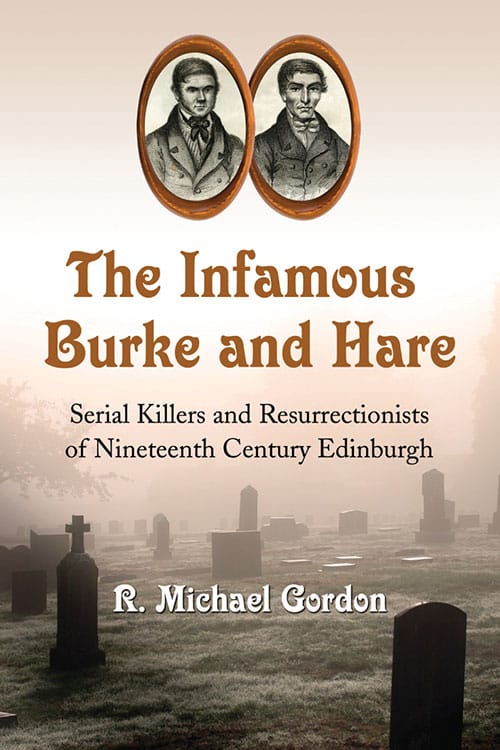
Body snatchers and grave robbers were the stuff of Victorian lore, but two real-life culprits took the crimes out of shadowy cemeteries and into criminal court. William Burke and William Hare aided Scottish surgeons competing for anatomical breakthroughs by experimenting on human corpses. As the duo evolved from petty theft to premeditated murder, they unwittingly brought attention to the medical practices of the era, leading to Burke’s death by hanging. This account not only explores the work of the resurrectionists, it reflects the nature of serial killers, 1820s criminal law, and Edinburgh’s early role as a seat of European medical research. Readers interested in the legal aspects of these crimes will find the trial testimony included to be a valuable resource.
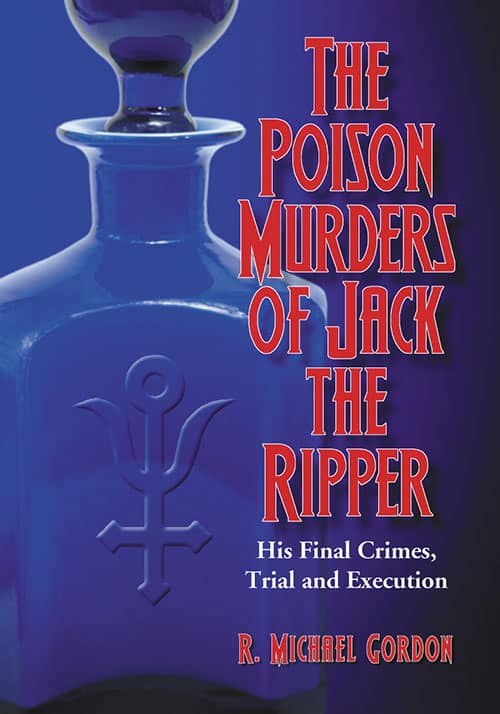
Considered a primary suspect in the unsolved Jack the Ripper murders, Polish-born Severin Antoniovich Klosowski also gained considerable notoriety as “The Borough Poisoner of Southwark” in the late 1800s. Within a span of five years, Klosowski took on three women as his wives and lethally poisoned each with deadly doses of antimony.
This study of Klosowski’s murders of Mary Spink, Elizabeth “Bessie” Taylor and Maud Marsh includes extensive accounts of the individual crimes, the accompanying investigations and Klosowski’s conviction and execution. The final chapter examines intense police and media speculation that Klosowski may also have been the unidentified serial killer Jack the Ripper, citing period news articles and more recent developments in the notorious case. One appendix provides a detailed timeline of Klosowski’s “poison period” from 1892 to 1903.

This critical study of NASA’s space shuttle program provides an in-depth examination of the events, decisions, and policies that may have contributed to the horrific destruction of the shuttles Challenger and Columbia. It first traces the early development of NASA’s shuttle program, specifically examining the problems associated with the designs of shuttles OV-099 (which was to become Challenger) and OV-102 (which was to become Columbia).
The reader is then taken through a detailed look at the first successful flights made by Challenger and Columbia and the cancellation of top-secret Shuttle flight 51-C (which would have launched under nearly identical weather conditions as the ill-fated Challenger). An in-depth assessment of the shuttles’ disastrous final launches follows, including detailed accounts of the post-flight search and rescue operations, the official investigations into each accident, and the impact of each disaster on the future of NASA’s manned space program.
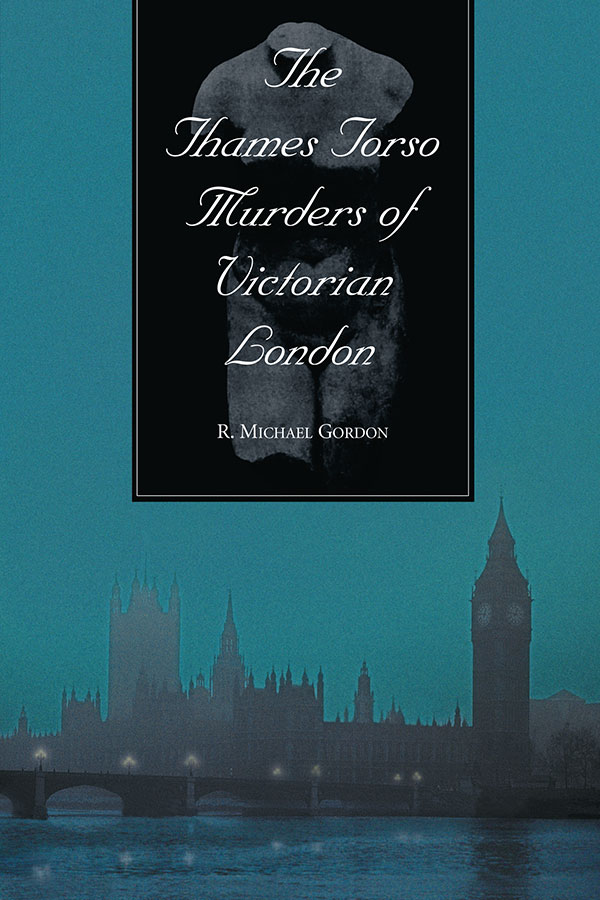
The Thames Torso Murders have been overshadowed by Jack the Ripper and his crimes, but were just as brutal and gruesome. They began in 1887 in London’s East End, just north of the Thames River in Rainham, England. The killer took one victim that year, another in 1888, and two more in 1889. He resumed his crimes in 1902, taking his last victim south of the Thames and leaving her body in a pile of dismembered parts as he had done with most of his other victims.
This work delves deep into the case of the Thames Torso Murders. It begins with a look at London in the late 1800s, a time of great confusion and tremendous population increase, and the killer’s path to London, which seems to include a murder in Paris in 1886. The book then examines in great detail each murder and the investigation that may have been hindered by the search for Jack the Ripper. It also raises the idea that Jack the Ripper and the Torso Murderer may have been the same man—Severin Klosowski, better known as George Chapman, the Borough Poisoner. It ends with an examination of Serial Killers; the Ripper, Torso, and Borough Poisoner murder cases; the search for clues to the serial killer responsible for the five Thames Torso murders; and Wolff Levisohn, a dark horse who seems to have known much about all three sets of murders, testified at Chapman’s murder trial, and then faded away as Chapman was sent to the gallows.
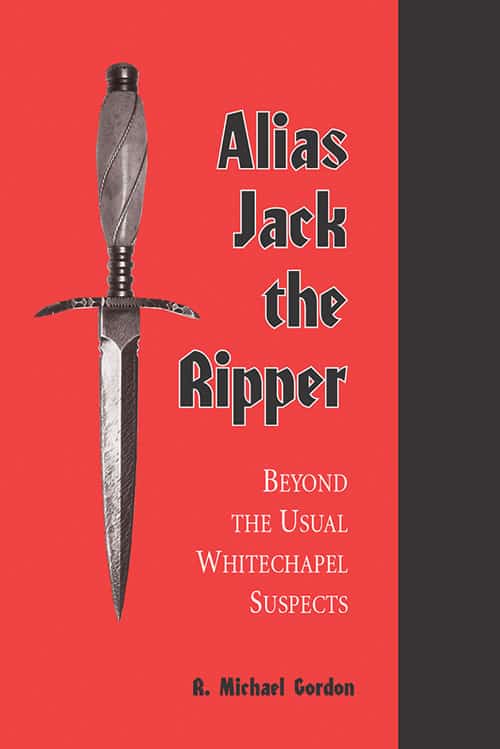
Over a century ago, a depraved killer skillfully moved through the dark and filthy slums of London’s East End. Despite the increasingly watchful eyes of investigators, the serial murderer—known as “Jack the Ripper” from a signature on a piece of correspondence that has been attributed to him—was never certainly identified. R. Michael Gordon provides a comprehensive look at the crimes and the case evidence, and then discusses the life of the man he believes was the actual killer, detailing the reasons why this person may have been driven to kill. Beginning with an overview of the terror created in the East End of 1888, the book describes the five major periods of the Ripper’s deadly career: early life and schooling; a step-by-step view of the murders, including the Thames Torso Murders that authorities attempted to cover up; the Ripper’s American connection; a return to London where his final victims were subjected to poison; and the capture and execution of the probable—but never proven—Ripper. To most people who worked closely on the Ripper and poisoning cases, justice was finally served.










